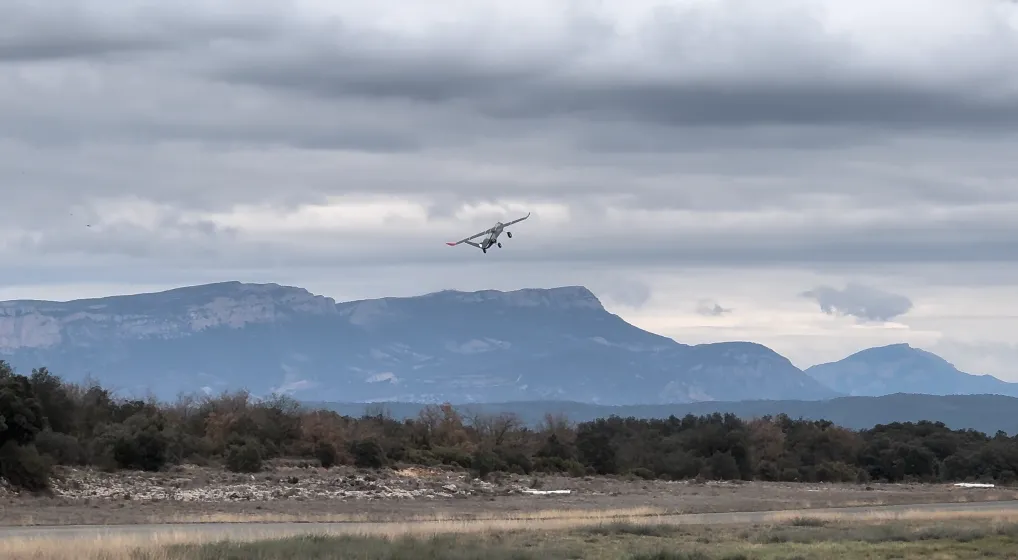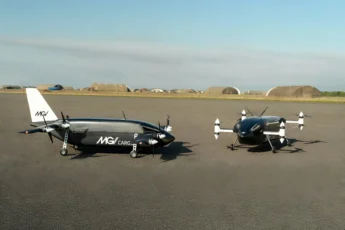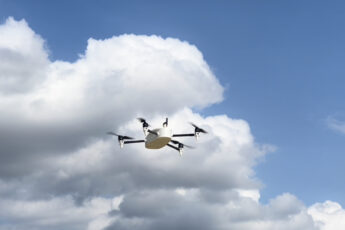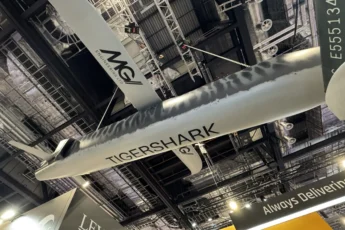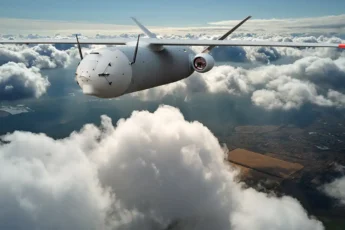Modern conflicts are increasingly shaped by fast-moving technology and information warfare, and nowhere is this more apparent than in the rise of drone swarm tactics. These agile, networked UAVs are challenging traditional military doctrines and transforming how missions are planned and executed.
What are Drone Swarm Tactics?
Drone swarm tactics involve the simultaneous deployment of multiple UAVs—each able to communicate, coordinate, and adapt in real-time. Swarms mimic natural behaviours seen in bird flocks or insect colonies, acting as a decentralised group that can complete complex tasks with resilience and redundancy.
Unlike traditional UAV operations that rely on a single, centrally piloted asset, drone swarms use distributed autonomy. This means that if one drone is destroyed or jammed, the others dynamically adapt, continuing the mission with minimal disruption.
These capabilities enable a range of tactical advantages, including:
- Saturation attacks that overwhelm defences
- Distributed ISR missions with real-time data fusion
- Decoy manoeuvres to spoof enemy systems
- Multi-directional targeting and area denial
MGI Defence is helping shape this frontier through platforms such as the Mosquito cargo drone, designed for mass deployment in contested environments.
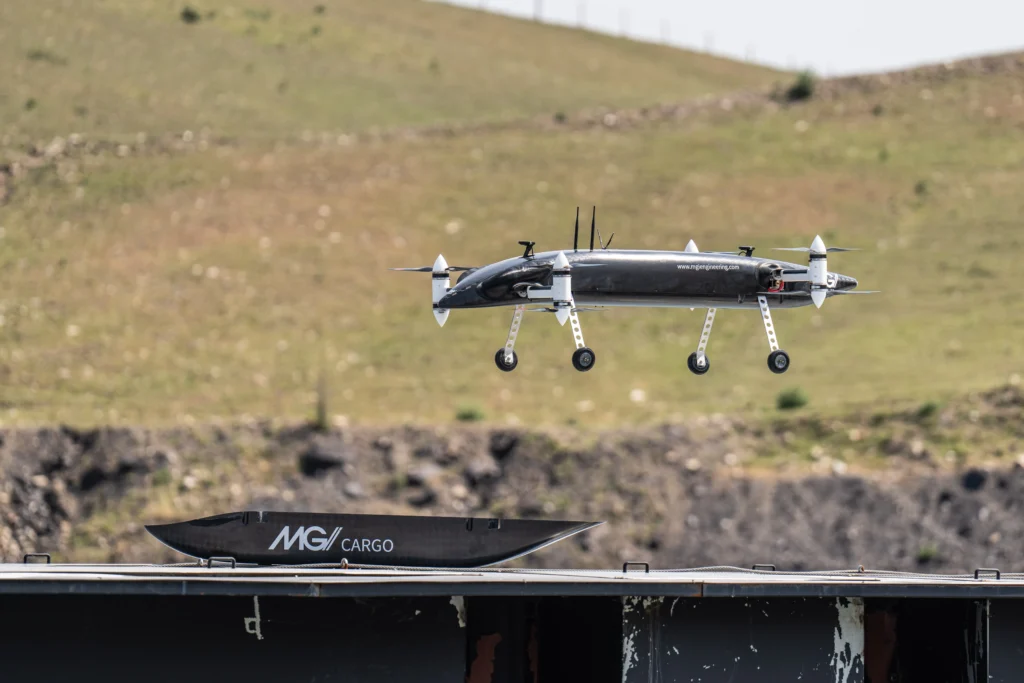
Why Drone Swarms Matter in Modern Conflict
Swarm-enabled operations bring asymmetry back to the battlefield. Instead of relying on costly airframes that require secure comms links and satellite support, swarms provide:
- Cost-effective strike capability
- Resilience in electronic warfare environments
- Operational reach in denied zones
This makes them especially relevant for grey-zone warfare, special forces support, and maritime interdiction. As the threat landscape evolves, drone swarms are proving particularly effective in anti-access/area denial (A2/AD) situations—able to penetrate layered defences and adapt mid-flight.
Explore more in our article on One-Way Effectors and Cost-Effective Precision Strike

Key Components of Swarm-Enabled ISR and Effects
At the heart of drone swarm tactics lies interoperability, autonomy, and low latency communication. Swarms typically integrate:
- AI-based decision-making at the edge
- Mesh networking protocols for coordination without central control
- Multi-mission payloads that support ISR, jamming, or kinetic strike
- Redundant navigation systems that reduce GPS dependence
Platforms such as MGI’s autonomous UAVs are developed using F1-derived lightweight composite materials, enabling longer endurance, stealthier profiles, and high agility—essential features for survivability in hostile airspace.
Read how Electronic Warfare Drones Operate in Contested Environments
Tactical Roles for Swarming Drones
Swarm tactics can be employed across all domains—land, sea, and air. Here are some operational use cases currently being explored:
1. ISR Saturation
A single drone can surveil a point. A swarm can map a region, monitor multiple zones simultaneously, or track moving targets across terrains—ideal for border security, urban combat, or ship-to-shore operations.
See how our Maritime Drone Systems extend naval ISR reach

2. Strike Coordination
Using multiple vectors of attack, swarms can execute coordinated strikes with precision. This overwhelms enemy air defences and reduces the chance of intercept. One-way effectors like Mosquito are particularly suited to this mode of attack.
3. Resupply in Denied Zones
Swarms can also be used to drop medical supplies, ammunition, or sensors across high-risk or GPS-denied zones where manned resupply is infeasible.
Discover how Autonomous Logistics in Denied Environments supports forward operations
4. Decoy and Jamming Missions
Some swarm units can act as decoys or jammers, disrupting radar systems or mimicking signatures to fool enemy defences—either autonomously or in concert with traditional platforms.
Designing the Future: MGI’s Approach to Swarm Integration
MGI’s design philosophy centres on three principles: speed, scalability, and survivability. Using rapid prototyping methodologies adapted from F1 engineering, MGI delivers swarm-capable drones that are:
- Mass manufacturable at low unit cost
- Lightweight yet rugged for contested environments
- Customisable for mission-specific payloads
For example, our Mosquito drone supports modular ISR, EW, and kinetic options, allowing operators to dynamically define roles at point of deployment.
Learn more about MGI’s One-Way Effectors
Operational Benefits of Swarming Over Legacy UAVs
| Traditional UAV | Swarming UAVs |
|---|---|
| Centrally controlled | Decentralised decision-making |
| Vulnerable to jamming | Mesh network resilience |
| Expensive | Low unit cost |
| Linear ISR coverage | Wide-area ISR |
| Single vector of attack | Multi-vector coordination |
This shift in paradigm supports the next generation of battlefield operations, where speed, redundancy, and adaptability matter more than individual platform strength.
Challenges and Countermeasures
Swarming is not without challenges. These include:
- Deconfliction in real time
- Spectrum management under jamming
- Rules of engagement and human-in-the-loop ethics
MGI addresses these through advanced onboard autonomy, edge AI processing, and controlled behavioural limits to ensure swarms act within lawful and mission-safe parameters.
Read more about survivability and mission assurance in our article on Electronic Warfare-Resistant UAVs
The Road Ahead: Future Trends in Drone Swarm Tactics
Looking ahead, swarming is poised to intersect with:
- AI-enabled multi-swarm coordination
- Human-swarm teaming via wearable controls
- Autonomous maritime and underwater swarm drones
MGI continues to work with defence clients to iterate bespoke swarm solutions within weeks, not months—ensuring operational dominance in a rapidly changing threat landscape.

